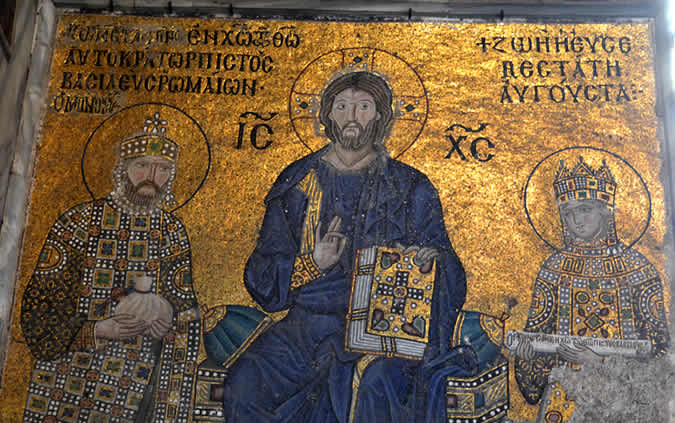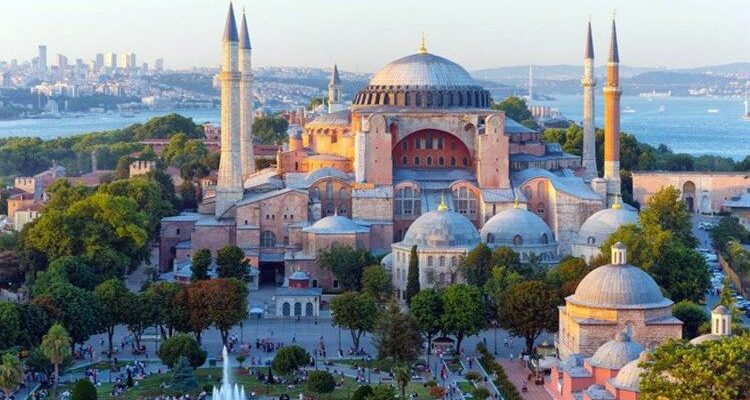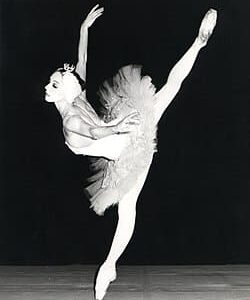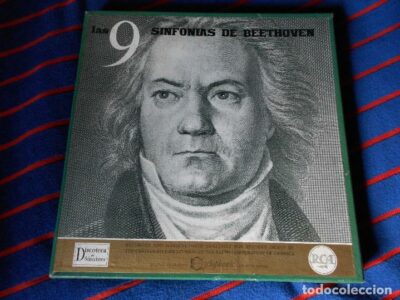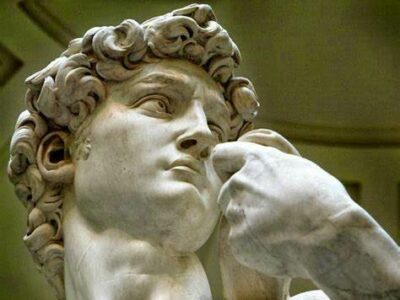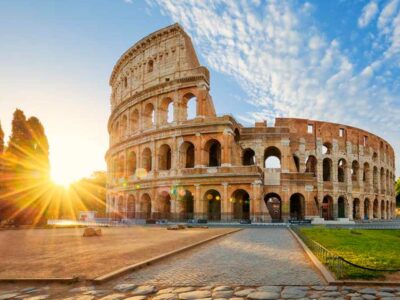In the middle of the fourth century BC, the history of the Byzantine Empire, named after to be Byzantium, seat of the Christian empire, a Greek colony founded by Byzos, the Dorian leader, around 650 BC, despite Constantine's efforts to call it Constantinople from the year 330.
The Roman Empire and the new faith (Christianity) demanded a new capital. Byzantium, with an unbeatable geographical location, with an excellent port on the border of Thrace and accessible communication routes, became an excellent candidate for election.
Over time, changes in the political, social, economic and ideological order give rise to facts that show how the influences of the East and Christianity, together with the imperial monarchical state order, cause a change in the way the artist sees the world. .
From its beginnings, this art reveals a solemn, hieratic sense, conditioned by imperial absolutism.
In its first stage we find images in which the formal conception does not deviate from the forms of the last Greco-Roman period; but its religious meaning represents the new spiritual concerns of Christian ideas.
Thus the image (form) darkens before the idea (content) that rests on it. The use of classical forms paves the way for the forms and contents of the new art. Then the classic formal elements disappear and other forms emerge that give a stamp to the personality of the new cultural and artistic modality of this art.
It is said by historians that Byzantine art achieved homogeneity and coherence, transcending diversity of styles, which made it possible to maintain uniformity for more than ten centuries, despite the changes and influences that occurred in cultural centers under its domain.
Ideas from the East, with the fertile conceptions of the imperial Rome of yesteryear, merge and exponent artistic forms of an absolutist and imperial art appear.
Art of sums: taste for polychromy; taste for sculptural decoration; taking of architectural structural elements assimilated and systematized in the development of constructive potentialities; influence of Hellenic culture on aesthetic ideas translated into comprehensive and harmonic language.Art of sums: taste for polychromy; taste for sculptural decoration; taking of architectural structural elements assimilated and systematized in the development of constructive potentialities; influence of Hellenic culture on aesthetic ideas translated into comprehensive and harmonic language.
In the Byzantine art different stages called the Golden Age are recognized. Some scholars classify them into three and others in four. The first in the 4th century, the second in the 9th to 13th centuries, the third during the 14th century and until the fall of Constantinople.
Painting, as a manifestation of this art, reaches its maximum expression in the icons that fulfilled liturgical functions by accounting for the spiritual relationship between the divine and earthly order followed by straight theological and plastic norms. For the Byzantines the icon was any representation of Christ, the Virgin, the saints or events of Sacred History that warrant them.
The face is the center of attention of the icon. It can appear frontal or in profile according to the sanctity by its own merit that the character has or has not achieved.
Elongated line of the nose, ears showing only the lobe, wide forehead, swollen neck, gaze directed at the viewer are features that show witness scenes of divinity in the constructions accompanied by bright halos.
The most used techniques in icons depend on the support used, which can be wood or murals; in the latter the technique is mosaic and fresco.
The ancient Hagia Sophia Basilica Church located on the same Bosporus of Istanbul is a jewel of humanity; built between 532-537 it is the largest piece of architecture in the history of Byzantium. Its entrance is impressive from where you can see the majestic dome and the imposing solidity of the columns that support it.
The dimly lit interior, filled with devout silence, invites you to visit the upper floor in search of the best Byzantine mosaics, which overcoming time, or defying the strength and belief of the Turks, have crossed the thresholds of history.

Deesis Mosaic ( Ordeal):
The best of the mosaics is in the upper galleries to the south. Entering the central room, Christ is seen together with the Virgin Mary and John the Baptist imploring Christ for humanity on the day of final judgment. These are the only characters recognized in the Koran and respected by the Turks in taking Constantinople.
Among others tiles no less important are:
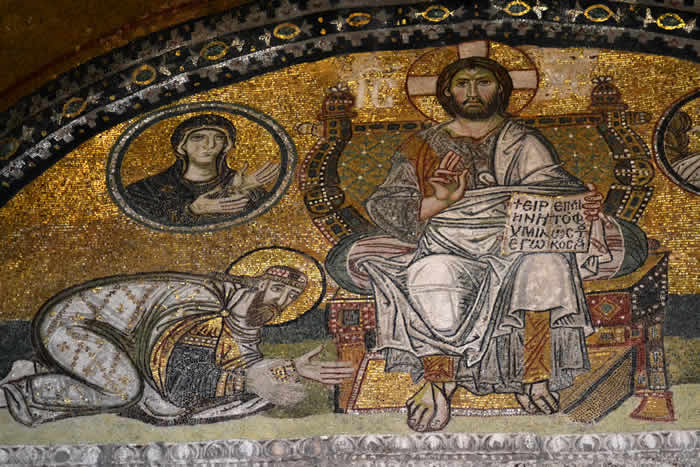
Pantocrator of the Endonartex:
Image of Christ raising his hand to bless an emperor.

Apse Mosaic:
It shows the Virgin Mary on a luxurious throne with the child and her feet on a jeweled pedestal.
